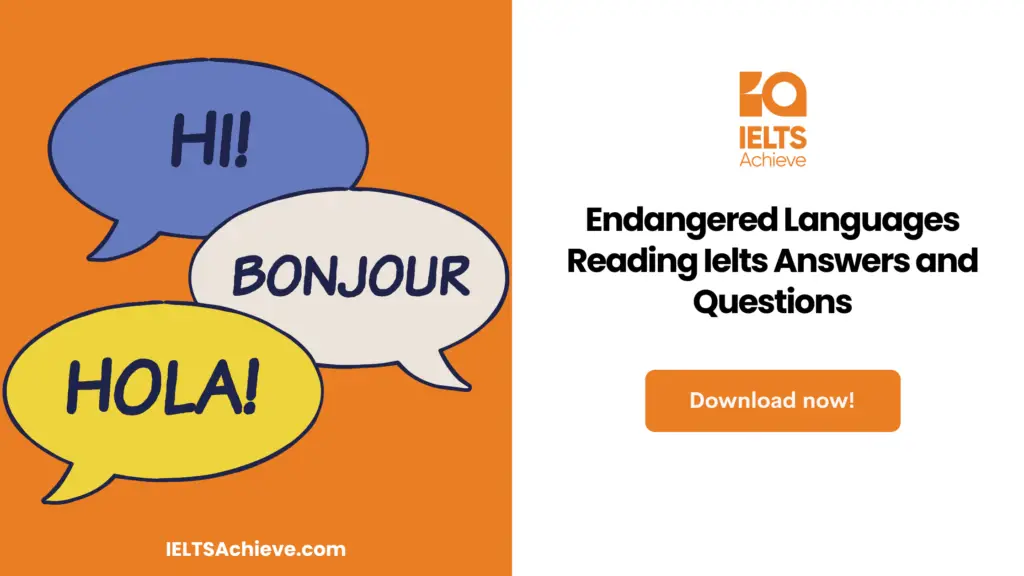The Blog post contains the following IELTS Reading Questions:
- IELTS Reading Sentence Completion
- IELTS Reading Yes/No/Not Given
Stay informed and prepared for success – Explore our comprehensive Reading Test Info page to get valuable insights, exam format details, and expert tips for mastering the IELTS Reading section.
IELTS Reading Passage – Indian Classical Music

Indian Classical Music
The origins of Indian classical music can be found from the oldest of scriptures, part of the Hindus tradition, the Vedas.
Samaveda, one of the four Vedas, describes music at length. Indian classical music has its origins as a meditation tool for attaining self realization. All different forms of these melodies (ragas) are believed to affect various “chakras” (energy centers, or “mood”) in the path of the Kundalini. However, there is little mention of these esoteric beliefs in Bharat’s Natyashastra, the first treatise laying down the fundamental principles of drama, dance and music. The Samadeva, one of the four Vedas, created out of Riga-veda so that its hymns could be sung as Samagana, established its first pop.
Indian classical music has one of the most complex and complete musical systems ever developed. Like Western classical music, it divides the octave into 12 Semitones of which the 7 basic notes are Sa Re Ga Ma Pa Dha Ni Sa, replacing Do Re Mi Fa So La Ti Do. However, it uses just intonation tuning (unlike western classical music which uses the equal temperament tuning system).
Indian classical music is monophonic in nature and based around a single melody line which is played over a fixed drone. The performance is based melodically on particular rages and rhythmically on talas.
NATIONAL SYSTEM
Scholars of Europe in the seventeenth and eighteenth century were enamored by Indian music. With no facility to record the sound they explored for some existing system that might exist system that expresses sounds in the composition. There were pointers to an ancient notations system which scholars had also translated into Persian: still complexity of Indian classical music could not be expressed in writing. Though some western scholars did record compositions in the staff notation system, Indian musicians used Pt. Bhatkhande system. Though more accurate, this relies on Devanagari script rather than symbols and hence is cumbersome at times. A new notation system has been proposed which uses symbols and offers instantaneous comprehension like a staff notation system. It is with standardization of a notation system that hitherto unknown compositions would see the light of day.
INSTRUMENTS
Instruments typically used in Hindustani music include sitar, sarood tanpura, bansuri, shehnai, sarangi, and table. Instruments typically used in carnatic music include flute, gottuvadyam, veena mridangam, kanjira, ghatam and violin.
Unlock your full potential in the IELTS Reading section – Visit our IELTS Reading Practice Question Answer page now!
Recommended Questions:
Renewable Energy IELTS Reading Question with Answer
Questions 1-8
Do the following statements agree with the information in the reading passage? In boxes 1-8 in your answer sheet write
Yes if the statement is true
No if the statement is false
Not Given if the information is not given in the passage
1 Out of four Vedas, music is only described in samaveds.
2 Music is believed to have an effect on the human body.
3 The Indian classical music system is simple and sophisticated.
4 There are 7 basic notes and 12 semitones in Indian classical music.
5 Talas in Indian music are derived from western music.
6 Indian classical music could express itself in writing.
7 The composition used by Indian musicians was based on Devnagri script.
8 New script used for music had no symbols.
Want to excel in identifying the writer’s views and claims? Click here to explore our in-depth guide on how to accurately determine Yes, No, or Not Given in the IELTS Reading section.
Question 9-12
Complete the sentences below.
Choose NOT MORE THAN TWO WORDS from the text for each answer.
Write your answers in boxes 9-12 on your answer sheet.
9 “Chakras” is a name given to energy centers in the path of ……………….
10 Out of all kinds of music, Indian classical music is ………………….. and has a complete system.
11 Monophonic music system is based on a single………….
12 The instruments flute, veena and violin are………………..in carnation music.
Enhance your sentence completion skills in the IELTS Reading section. Click here to access our comprehensive guide and learn effective strategies for filling in missing words or phrases in sentences.
Unlock your full potential in the IELTS Reading section – Visit our IELTS Reading Practice Question Answer page now!
Recommended Questions:
Renewable Energy IELTS Reading Question with Answer
Answer
| Question No. | Answer | Question No. | Answer |
| 1 | No | 7 | Yes |
| 2 | Yes | 8 | No |
| 3 | No | 9 | Kundalini |
| 4 | Yes | 10 | most complex |
| 5 | Not Given | 11 | melody line |
| 6 | No | 12 | typically used |

We hope you found this post useful in helping you to study for the IELTS Test. If you have any questions please let us know in the comments below or on the Facebook page.
The best way to keep up to date with posts like this is to like us on Facebook, then follow us on Instagram and Pinterest. If you need help preparing for the IELTS Test, join the IELTS Achieve Academy and see how we can assist you to achieve your desired band score. We offer an essay correction service, mock exams and online courses.

